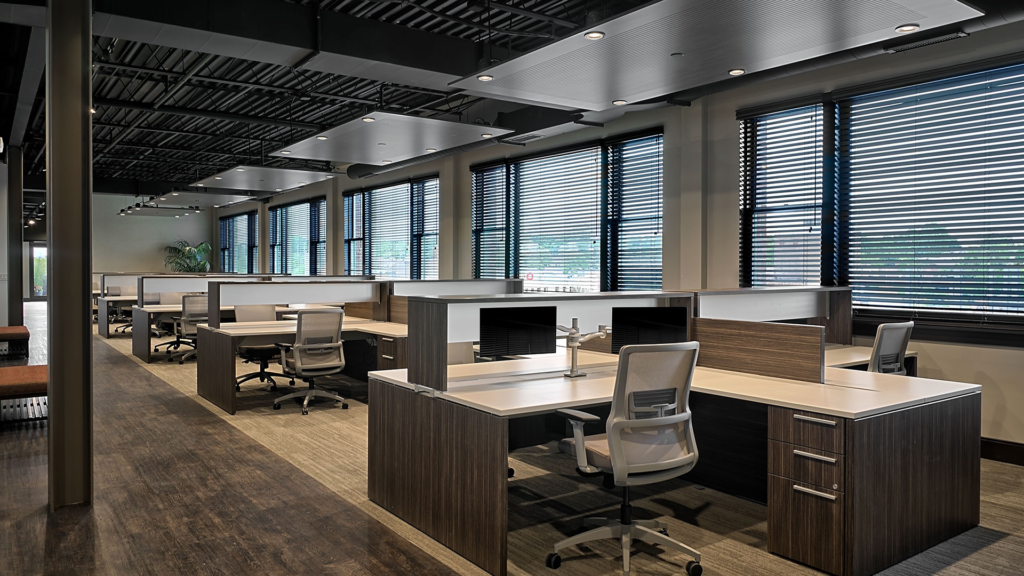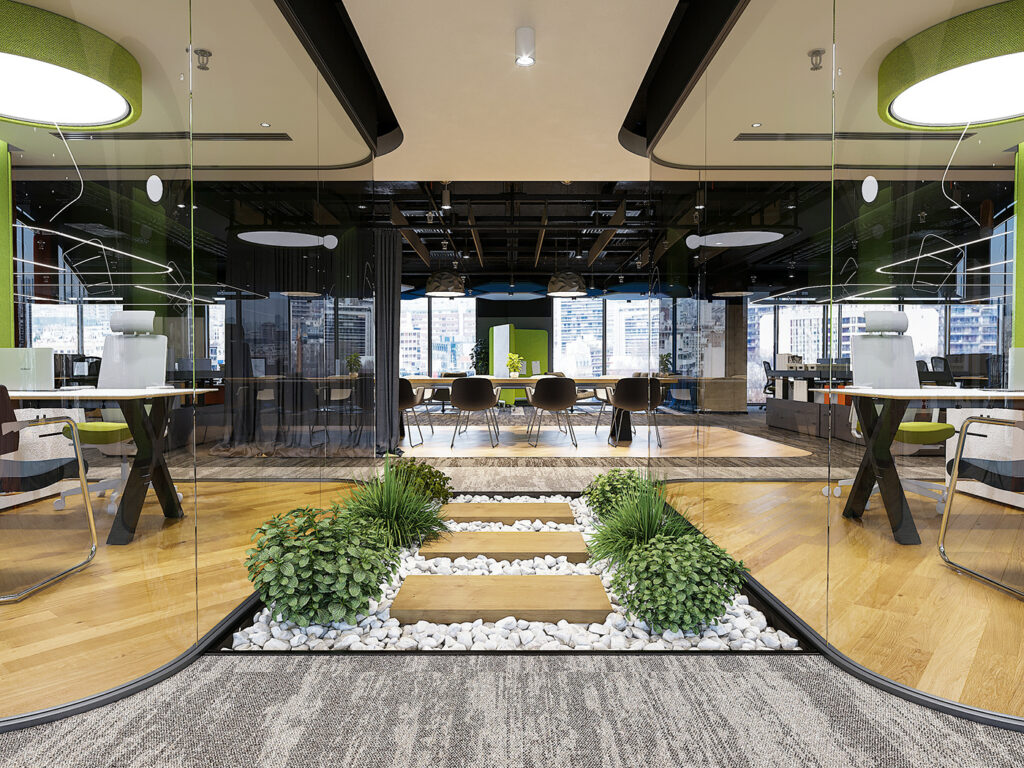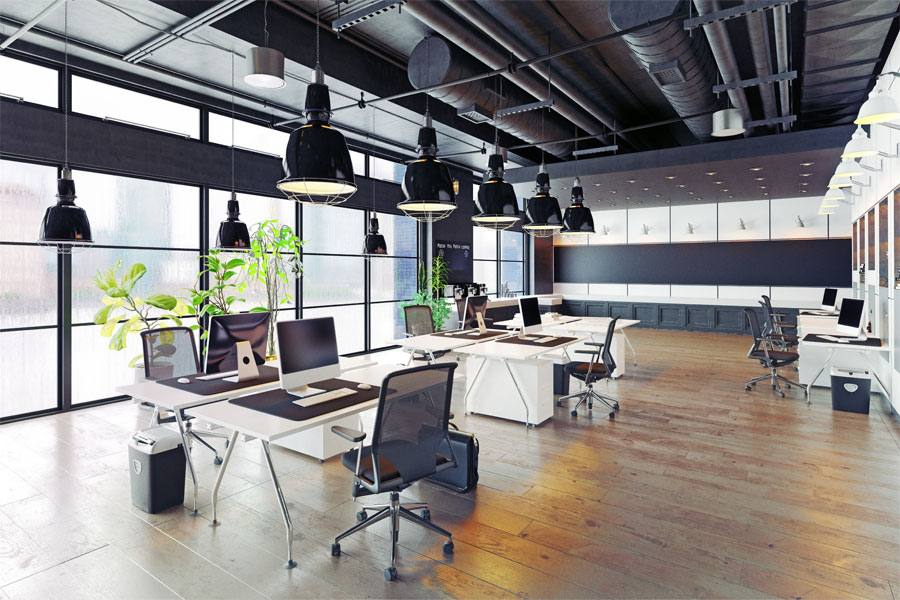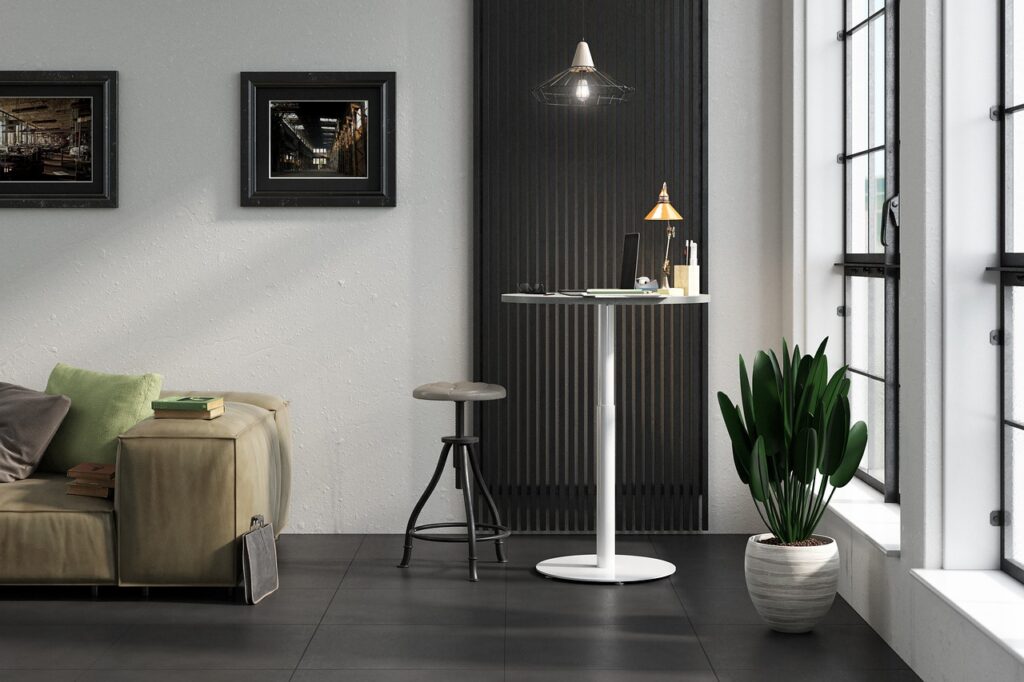In recent years, the office cubicle design has evolved significantly. The traditional, closed-off cubicles have made way for more flexible, ergonomic, and aesthetically appealing options. Modern office cubicle design trends focus on maximizing comfort, functionality, and overall workplace productivity. In this article, we’ll explore some of the latest developments in cubicle design, focusing on how these changes enhance employee well-being and contribute to a more collaborative environment.

Why Modern Office Cubicle Design Is More Important Than Ever
In today’s work culture, where hybrid work models and flexible schedules are becoming the norm, office cubicle design plays a key role in optimizing the workspace. A well-designed cubicle can help employees balance privacy with the need for collaboration, while also promoting comfort and productivity. The right cubicle layout can also improve employee satisfaction, reduce stress, and increase overall performance.
The Latest Trends in Office Cubicle Designs
1. Sustainable Office Cubicle Design
As businesses across industries focus on sustainability, office cubicle designs are following suit. More and more companies are opting for eco-friendly materials and energy-efficient designs to reduce their carbon footprint. Sustainable cubicles might include:
- Recycled Materials: Offices are using recycled wood, metals, and plastics to build cubicles that are environmentally responsible.
- Energy-Efficient Features: LED lighting and motion sensors for lighting and temperature control help reduce energy consumption while creating a comfortable environment.
By incorporating these sustainable elements, businesses not only create a better working environment but also show their commitment to the environment.
2. Ergonomic Cubicle Design for Better Health and Comfort
One of the top priorities in modern office cubicle designs is ensuring ergonomic comfort. Spending long hours at a desk can lead to strain and fatigue, but with the right ergonomic setup, employees can stay comfortable and productive. Key ergonomic trends in office cubicles include:
- Height-Adjustable Desks: Employees can switch between sitting and standing throughout the day, which helps improve posture and circulation.
- Ergonomic Chairs: Chairs that are designed to reduce back strain and support healthy posture are a must in modern cubicles.
Focusing on ergonomic office cubicle setups not only improves comfort but also boosts employee focus and reduces absenteeism due to physical discomfort.
3. Flexible Office Cubicle Designs for Hybrid Workspaces
With hybrid work models gaining popularity, companies are opting for flexible office cubicles that can easily be adjusted to meet the needs of both in-office and remote employees. Some popular flexible cubicle designs include:
- Modular Cubicles: These cubicles can be rearranged or resized to fit different team sizes or work functions.
- Movable Partitions: Some cubicles now feature movable walls or partitions, which can be adjusted for privacy or to create larger collaborative spaces.
These flexible cubicle designs are perfect for companies that need to adapt to changing work patterns and ensure a productive workspace for employees, no matter where they work.
4. Space-Saving Office Cubicle Solutions
As office spaces become more expensive, businesses are looking for ways to maximize limited square footage. Space-saving office cubicle designs are helping companies make the most of smaller spaces while ensuring employees have the functionality they need. Key space-saving trends include:
- Compact Cubicles: Smaller cubicles with built-in storage options help keep the workspace organized and efficient without taking up too much space.
- Wall-Mounted Desks: Desk designs that are mounted on walls help reduce clutter and utilize vertical space effectively.
These space-efficient cubicle designs are perfect for offices that need to accommodate more employees in a limited area without compromising comfort or function.
5. Smart Office Cubicles with Integrated Technology
With technology advancing rapidly, modern office cubicle designs are now incorporating smart features to enhance comfort and productivity. Examples of smart office cubicle designs include:
- Wireless Charging Stations: Employees can charge their devices wirelessly, keeping the desk tidy and reducing clutter.
- Smart Lighting: Office cubicles are now equipped with smart lighting systems that automatically adjust brightness based on the time of day or the employee’s preference.
- Integrated Temperature Control: Some cubicles come with individual climate control systems that allow employees to personalize their workspace’s temperature.
By integrating these technologies into the cubicle design, offices can improve the overall workspace experience and support employee productivity.
Creative Office Cubicle Design Ideas
While functionality is essential, creating a visually appealing cubicle is equally important. Incorporating creative elements into the cubicle design can help boost employee morale and engagement. Here are a few creative design ideas:
- Personalized Spaces: Allow employees to decorate their cubicles with artwork, photos, or plants that reflect their personality and create a more welcoming environment.
- Biophilic Design: Bringing nature into the office, through plants or natural materials, can create a calm and productive atmosphere.
- Color Psychology: Colors influence mood and energy levels. For instance, blue and green are calming, while yellow and orange can stimulate creativity.
These creative cubicle design ideas can help foster a positive work environment that supports both individual well-being and team collaboration.

Conclusion: The Future of Office Cubicle Design
In conclusion, modern office cubicle design trends are all about creating workspaces that are adaptable, comfortable, and aligned with the needs of today’s workforce. Whether it’s incorporating sustainable materials, designing for ergonomics, or embracing flexible layouts, these trends are setting the stage for a future where office cubicles are no longer just workstations—they are dynamic, personalized environments that promote productivity, creativity, and employee satisfaction.





